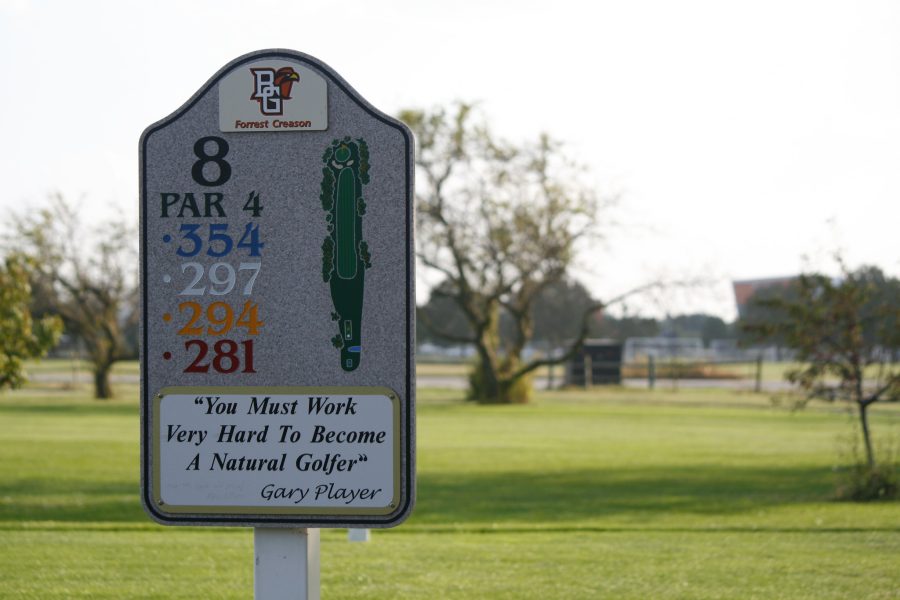KRT NEWSFEATURES By Charles D. Sherman Knight Ridder Newspapers (KRT) You say “Ear-RACK,” and I say “Ear-ROCK.” He says “CUT-ter” for Qatar, and she says “Cah-TAR.” And why can’t you spell “Kuwait” with a “Q,” or “Iraq” like “Irak?” It has to do with a sound that does not exist in English, said Roger Allen, one of the country’s leading experts on the Arabic language. Transliteration of any language that uses a system of symbols other than the Roman alphabet _ as is the case with Arabic or Chinese _ is open to interpretation of sound. Allen, a professor of Arabic studies at the University of Pennsylvania, says the problem of “Qs” and “Ks” in the English equivalent of Arabic words stems from two similar sounds, or phonemes: the qah sound of, say, Qatar (pronounced CUT-ter) and kah of, say, Kuwait. “The `k’ is the same as the European `k’ as in `kick,’ but the `q’ has no equivalent in non-Semitic languages,” Allen said, explaining that “the Arabic `q’ is pronounced farther back in the mouth than anything we normally pronounce.” To illustrate where the Arabic qaf is created when speaking, Allen says progressively pronounce the words “cat,” “king” and “caught.” The initial consonant sound starts out farther and farther back in the throat. To make the qaf sound, Allen suggests starting from the place in the throat where you gargle if you have a cold. “Transliteration can never be exact between one language system and the next,” said Allen. “And unless you know what the original word is in the original script, you’re out of luck _ unless you ask boring academics for answers.” It turns out Iraq is pronounced “Ear-ROCK” _ because I asked. ___ ‘copy 2003, The Miami Herald. Visit The Miami Herald Web edition on the World Wide Web at http://www.herald.com/ Distributed by Knight Ridder/Tribune Information Services.
Latest Stories
- Falcons flock to Florida for the Disney College Program
- BG24 Newscast
- BGSU baseball vs Ohio preview: Falcons’ storybook season continues with homestand against Bobcats
- From the Golden State with a golden opportunity- Justin Eklund makes his way to BGSU
- 74% percent of women in the U.S. are embracing makeup: What's behind the trend?















